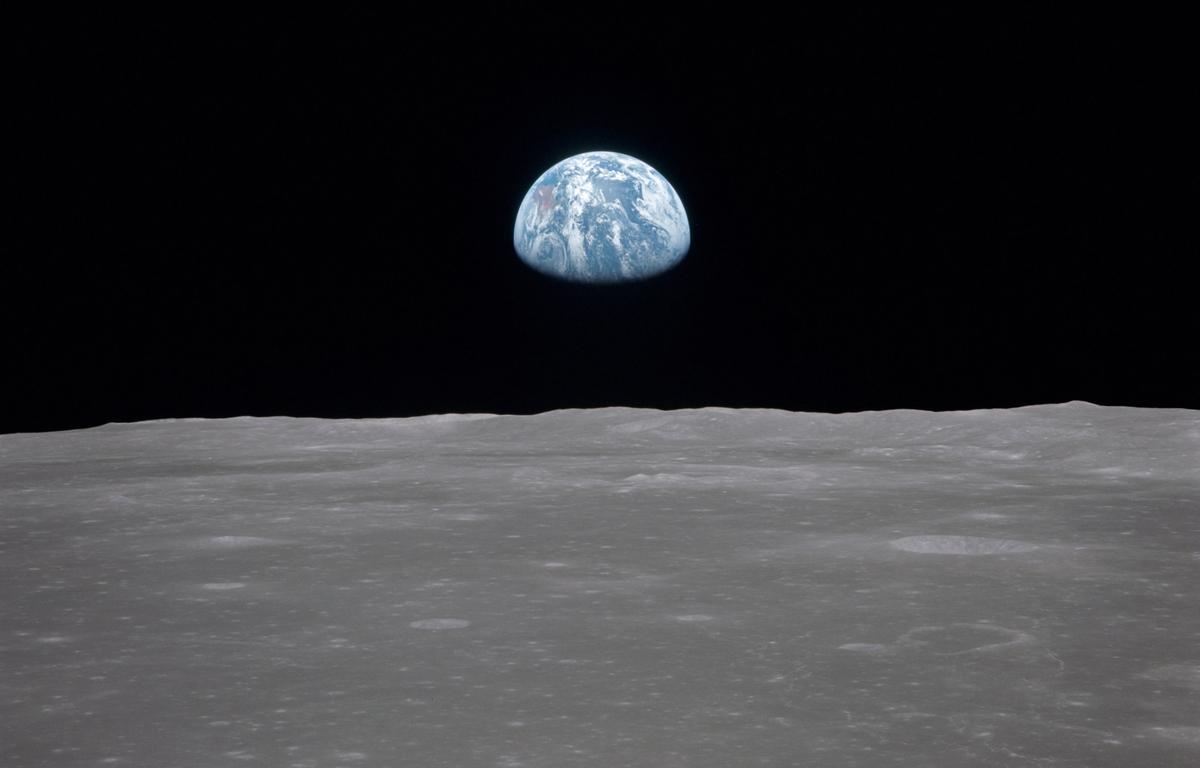CLARKSVILLE, Tenn. (CLARKSVILLENOW) – Fifty years ago this week, Neil Armstrong and Edwin “Buzz” Aldrin became the first humans to set foot on the moon on July 20, 1969. Landing on the moon effectively won the space race for the United States, and was the culmination of several missions to keep President Kennedy’s promise in 1961 to land a man on the moon before the end of the decade.
TIMELINE OF THE APOLLO 11 MISSION
A little after 9:30 a.m. EDT on July 16, Apollo 11 launched from Kennedy Space Center. The crew consisted of Edwin “Buzz” Aldrin, Michael Collins, and commander of the mission Neil Armstrong. On July 19, after 76 hours and 240,000 miles, Apollo 11 entered into a lunar obit.
At 1:46 p.m. on July 20, the lunar module, controlled by Armstrong and Aldrin, detached from the command module where Collins remained. The lunar module touched down at 4:17 p.m. in an area know as the Sea of Tranquility. Armstrong radioed to Mission Control in Texas saying “The Eagle has landed.”
Six hours later Armstrong opened the hatch of the module, shimmed down the ladder, then planted the first footprints on the surface of the moon. A television camera attached to the module recorded these first steps, broadcasting to an estimated audience of 600 million. Armstrong described the event as “one small step for a man, one giant leap for mankind.”
Nineteen minuted later Armstrong was joined by Aldrin. While on the surface of the moon the two took photographs of the moon, ran tests, planted a U.S. flag and spoke with President Richard Nixon. The duo spent the night on the surface of the moon before returning to the command module on July 21 at 5:35 p.m.
Apollo 11 successfully splashed down in the Pacific Ocean at 12:50 p.m. on July 24.
Lee Erwin, Clarksville native and ClarksvilleNow.com reporter, was 16 when Apollo 11 touched down in the Sea of Tranquility. He recounts, “Having been a kid in the late 50’s and early 60’s it was impossible not to have been caught up in what was going on in the world when it came to technology and space. Especially the “space race” between the United States and Soviet Union.
I remember sitting on the couch at home in Palmyra watching the family’s old black and white TV as Walter Cronkite and other reporters as well as NASA personnel took everyone through the steps of what was going on as Neil Armstrong and Buzz Aldrin descended to the surface.
I remember my mother and father, sister and brother-in-law all staring at the screen and hanging on every word, every photo, and every second of video and then waiting for Armstrong to go down the ladder.
As I remember on that day there was a sigh of relief when the lunar module landed safely on the surface of the moon from my family and then cheers when Armstrong said those famous words, ‘that one small step for a man, one giant leap for mankind.'”


